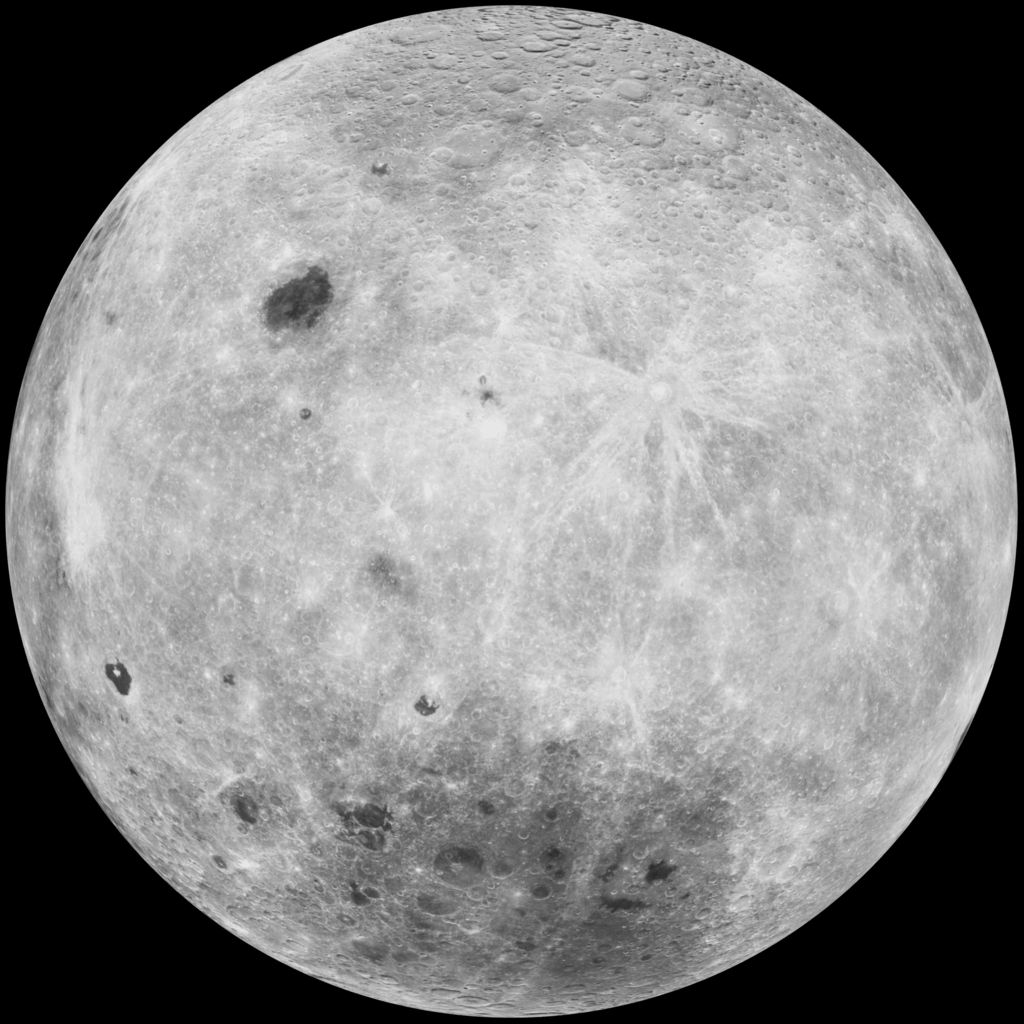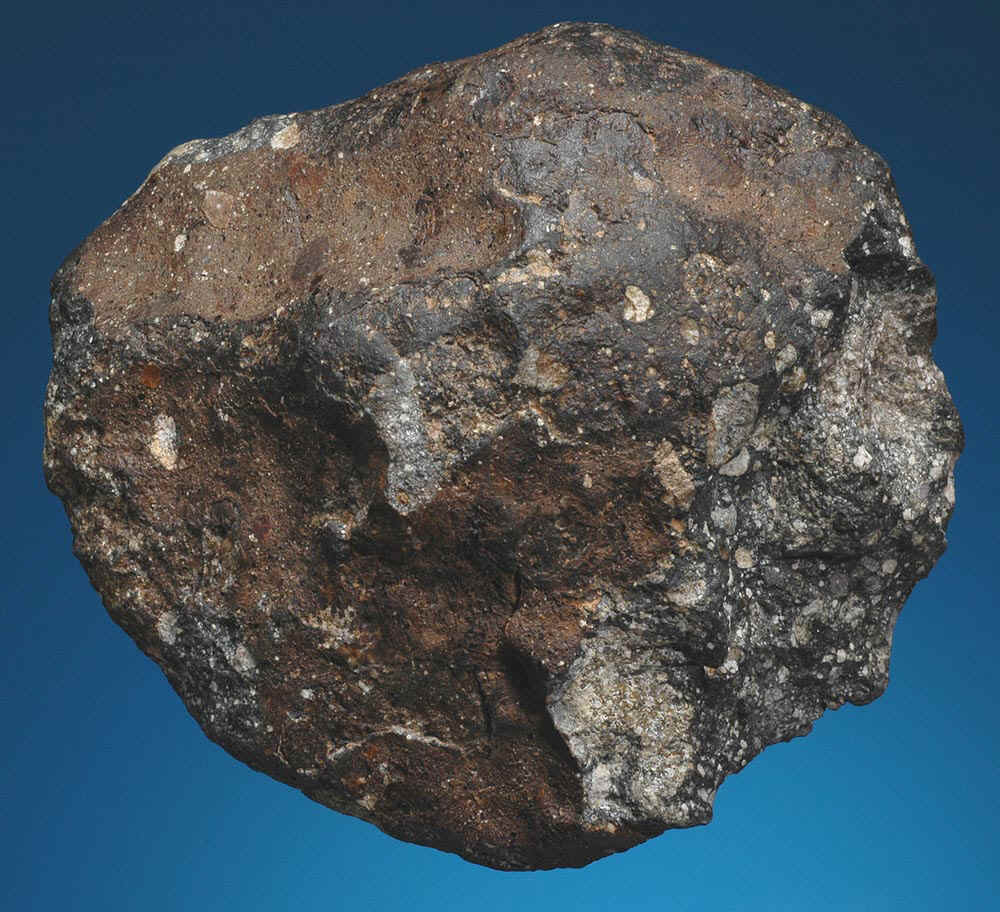An international team of researchers has announced the age of the South Pole-Aitken impact basin. It was formed as a result of a tremendous collision that occurred 4.32 billion years ago.

The South Pole-Aitken impact basin is located on the south side of the Moon’s far side. It is the largest and deepest crater there. Its dimensions are 2400×2050 km, and the elevation difference from the deepest point of the bottom to the highest point of the wall is 16 km.
Scientists have long been interested in the exact age of this formation. It may help answer the question about the process of evolution of the Moon and the period during which it was subjected to the most powerful asteroid bombardment. In turn, this data could be further extrapolated to Earth, as it is expected to have been subjected to similar impacts.
To answer this question, a team led by scientists at the University of Manchester studied the Northwest Africa 2995 meteorite. It was found in 2005 in Algeria and originated from the Moon. The meteorite is a so-called regolith breccia: fragments of different rocks that were once lunar soil and fused together by the heat and pressure caused by the shock wave.

By analyzing the amount of uranium and lead found in various mineral and rock fragments inside the meteorite, the researchers were able to determine the age of the materials to be between 4.32 and 4.33 billion years old. Next, the scientists compared these results with data collected by the Lunar Prospector mission. The comparison revealed many chemical similarities between the meteorite and rocks in the South Pole-Aitken impact basin, confirming their relationship and providing an estimate of its age.
The date obtained by the scientists for the formation of the basin is interesting because it is about 120 million years older than the onset of the heavy late bombardment. This is the period between 3.8 and 4.2 billion years ago, which is thought to have accounted for the majority of asteroid and comet impacts on the Moon. If the age of the basin is actually 4.32 billion years, it means that instead of a rather narrow period of bombardment of the Moon, the process was longer and more gradual.
At the same time, scientists emphasize that the final answer about the age of the South-Pole Aitken basin can give only the analysis of rocks collected inside the crater itself. They can be brought to Earth by one of the automatic vehicles or by a manned mission.
Earlier we described the fact of a layer of molten magma still existing in the depths of the Moon.
According to Phys.org


